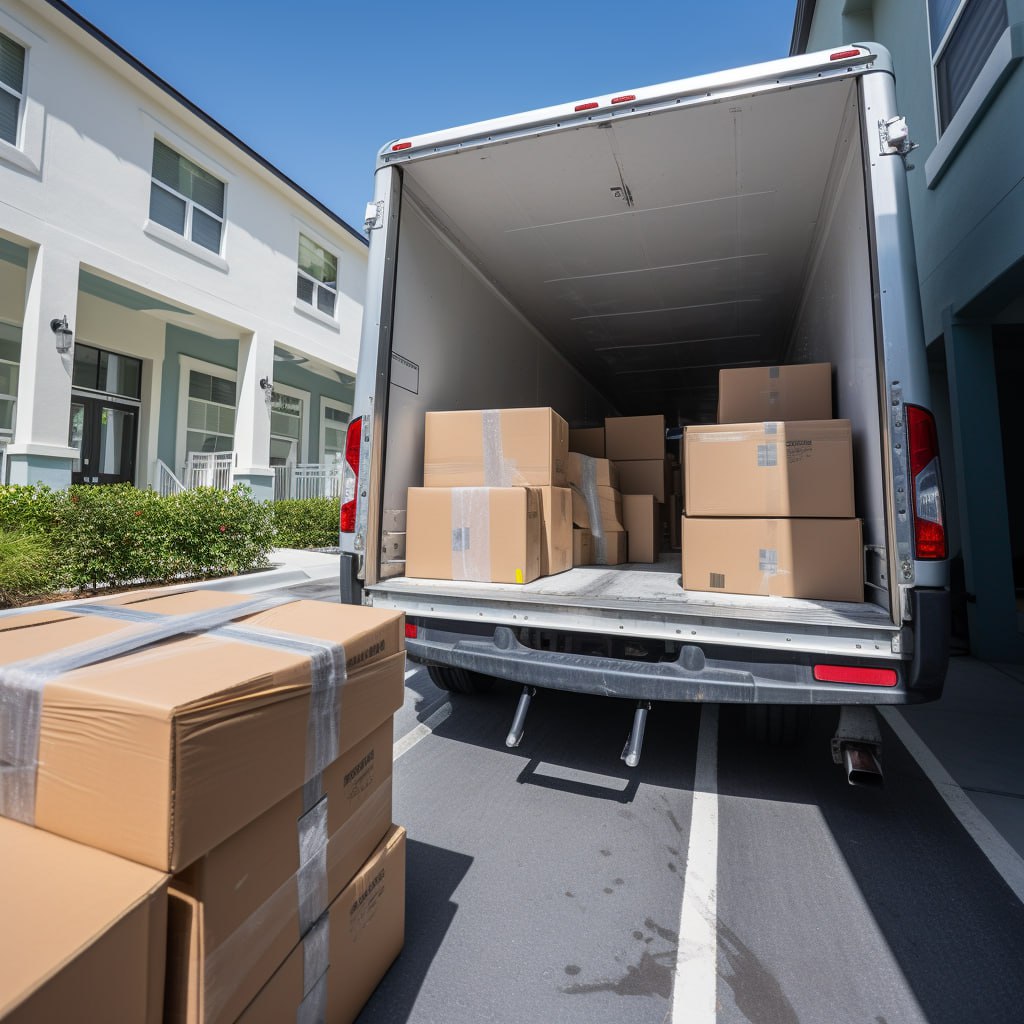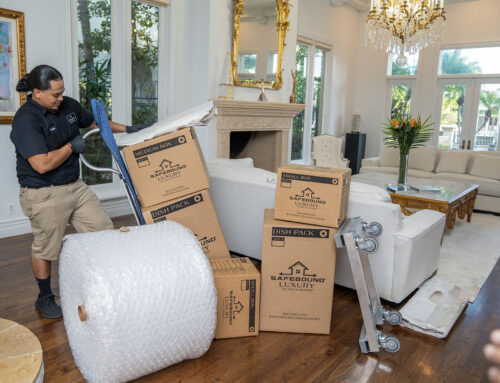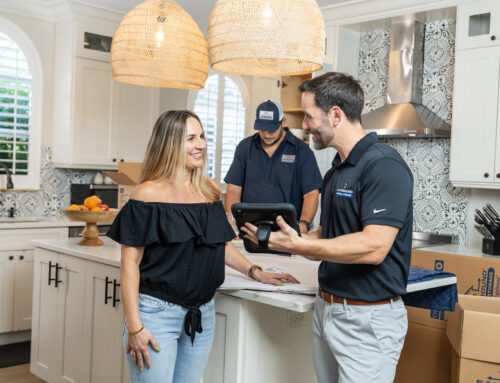Moving into a new home is an exciting adventure, but it also comes with a long list of tasks and responsibilities. One essential aspect of settling into your new abode is setting up utilities. Without water, electricity, and other essential services, your new home won’t quite feel like home. To help you navigate this process smoothly, we’ve put together a step-by-step guide to assist you in setting up utilities for your new residence.
Step 1: Plan Ahead
Planning is the key to a successful utility setup. Ideally, you should start this process well before your moving day. Here’s what you need to consider:
Make a List
Create a list of all the utilities you’ll need to set up. This typically includes electricity, water, gas, internet, cable or satellite TV, trash and recycling collection, and possibly a landline phone.
Research Providers
Look up the utility providers in your new area. Find out which companies service your neighborhood and compare prices and plans. It’s essential to have an idea of the options available to you.
Contact Current Providers
If you’re moving within the same city or region, contact your current utility providers to notify them of your move-out date. This way, they can prepare your final bills and avoid any unnecessary charges.
If you’re planning your move in West Palm Beach, consider partnering with experienced movers like Safebound Moving & Storage. Our West Palm Beach moving team is dedicated to ensuring a smooth and hassle-free relocation experience, providing top-notch services to help you settle into your new home with ease. Contact us today to learn more about our moving and storage solutions.
Step 2: Schedule Service Installation
Once you have a clear picture of your utility needs and have researched providers, it’s time to schedule installations. Here’s how to do it:
Electricity, Water, and Gas
Contact your local utility company to schedule the activation of electricity, water, and gas services. Be prepared to provide your new address, move-in date, and any other information they require.
Internet and TV
If you need internet and TV services, contact the providers of your choice to set up installation appointments. They may need to send a technician to your home, so schedule these appointments well in advance.
Trash and Recycling
Find out from your local municipality or waste management company how trash and recycling collection works in your new neighborhood. You may need to set up a schedule or acquire specific bins or bags.
Landline Phone
If you still use a landline phone, contact a landline phone provider and schedule installation if necessary. Many people rely solely on mobile phones these days, so this step may not apply to everyone.
Step 3: Confirm Installation Dates
After scheduling your utility installations, confirm the dates and times with each provider. Make sure these dates align with your moving day or shortly afterward to avoid any inconvenience.
Step 4: Transfer or Set Up Accounts
Some utilities may allow you to transfer your existing account to your new address, while others may require you to create a new account. Here’s what you need to do:
Transfer Existing Accounts
For utilities like electricity, water, and gas, inquire if it’s possible to transfer your existing accounts to your new address. This can streamline the process and reduce paperwork.
Create New Accounts
For services like internet, TV, trash collection, and landline phone, you’ll likely need to create new accounts. Provide all the necessary information to set up these accounts promptly.
Step 5: Prepare Your New Home
Before moving day arrives, make sure your new home is ready to receive the utility services. Here’s what you should do:
Access Points
Ensure that the utility access points, such as electrical panels, gas meters, and water shut-off valves, are easily accessible. Clear any obstructions that might hinder the installation or maintenance of these services.
Utility Room
If your new home has a designated utility room, make sure it’s clean and organized. This will help technicians work efficiently when setting up your utilities.
Safety Precautions
Safety is paramount. Double-check that your new home has working smoke detectors, carbon monoxide detectors, and fire extinguishers. It’s also a good time to change the locks on your doors for added security.
Step 6: Be Present During Installations
On the scheduled installation days, be present at your new home to meet the technicians and ensure everything goes smoothly. Here’s what to keep in mind:
Verify Services
Confirm with the technicians that the correct services are being installed, and double-check any special requests or requirements you may have discussed with the providers.
Ask Questions
Don’t hesitate to ask questions if you have any concerns or need clarification about how the utilities work in your new home.
Document the Process
Take notes during the installation process, including the names and contact information of the technicians and any relevant details about the setup. This documentation can be helpful for future reference.
Step 7: Check Your New Bills
Once your utilities are up and running, keep an eye on your first few bills to ensure accuracy. Here are some tips for managing your new utility bills:
Set Up Payment Accounts
Link your utility accounts to your preferred payment method, whether it’s a bank account, credit card, or online payment system. This can simplify bill payment and help you avoid late fees.
Monitor Usage
Pay attention to your utility usage and consider ways to conserve energy and water to reduce your bills. Simple changes, such as using energy-efficient appliances and fixing leaks, can make a difference.
Budget for Expenses
Include utility expenses in your monthly budget to ensure you have the funds to cover these costs. Utility bills can vary seasonally, so it’s essential to plan accordingly.
Step 8: Update Important Documents
Finally, update your important documents with your new address and utility information. This includes:
Driver’s License
Visit your local DMV or equivalent agency to update your driver’s license or ID card with your new address.
Voter Registration
Update your voter registration to reflect your new address, ensuring you can participate in local elections.
Insurance Policies
Contact your insurance providers (auto, home, health, etc.) to update your address and ensure your coverage is current.
Bank and Credit Card Companies
Notify your bank and credit card companies of your address change to receive important statements and communications.
Setting up utilities in your new home may seem like a daunting task, but with careful planning and organization, it can be a smooth process. By following these steps and staying proactive, you’ll ensure that your new residence is comfortable and fully equipped with all the essential services you need. Welcome to your new home, and may your journey be filled with joy and convenience!





